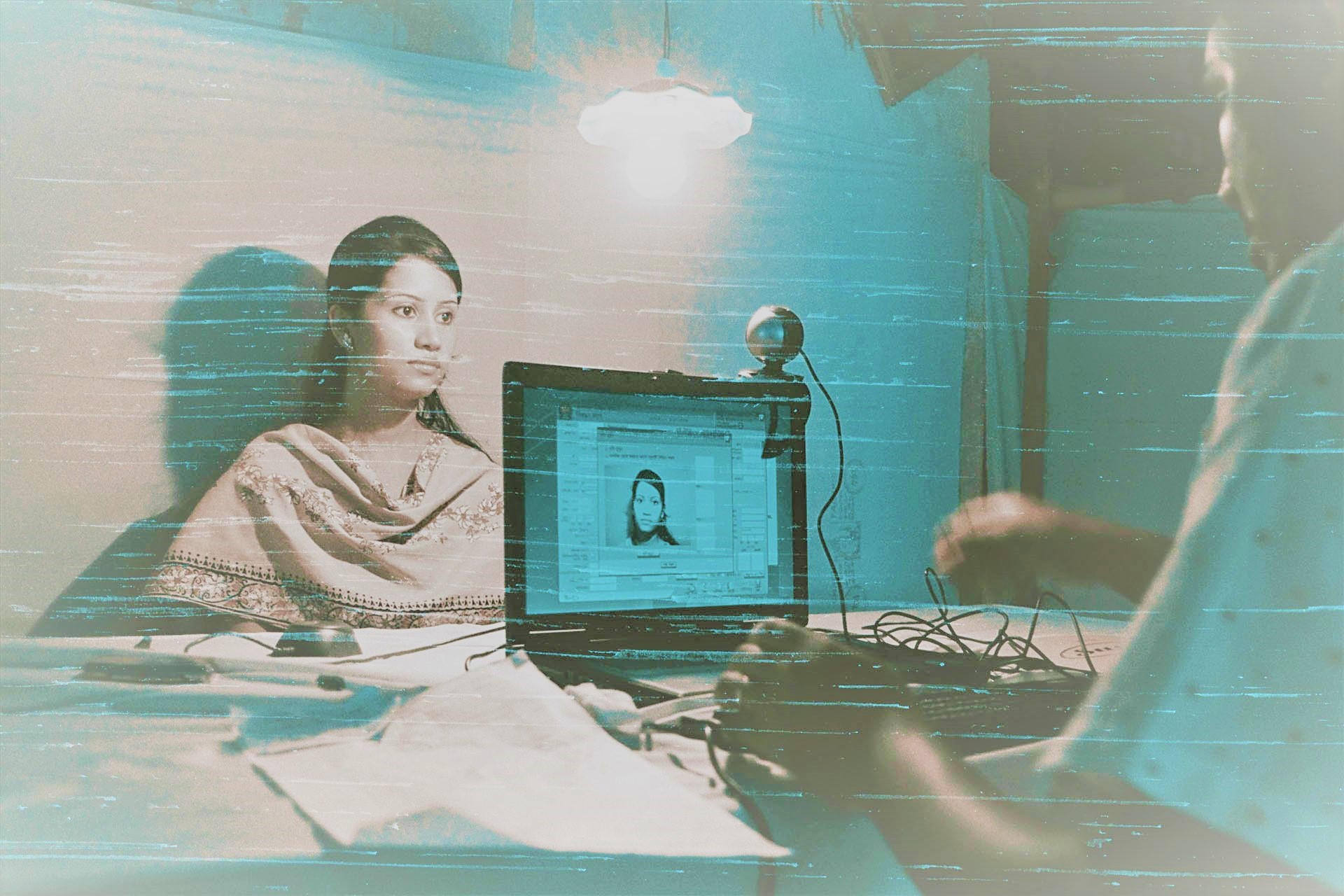Lived effects of digital ID systems website
Want to dive straight into the key findings and reports? Visit our dedicated site. To learn more about the work, our process and key audiences, keep reading this post!
Digital ID systems have the potential to either affirm or threaten a broad range of human rights. In order for civil society to advocate effectively around digital ID systems – and ensure that they uplift rather than tear down rights – we need a deep understanding of how communities are affected by these systems.
It’s in this context that we’re excited to share the findings of our research into the lived effects of digital ID systems. Over the past year, we worked with in-country researchers in five different sites to understand how communities – especially those whose rights are already being denied – are experiencing the implementation of digital ID systems.
Explore the research
Today, we are publishing a comprehensive report of our findings, “Understanding the Lived Effects of Digital ID: A multi-country study.” The report is complemented by five case studies, one for each of our research sites. The materials are all available in English, French, Arabic and Spanish. Additionally, case studies can be downloaded in languages local to the five sites.
👁️Read research highlights & download the report
Who is this for?
This research can inform the work of civil society, activists, journalists and communities who are working around the issues raised by digital ID. We hope that this work will be used to develop more context-respecting digital ID systems and to shape future research.
We also hope that local voices will become part of the broader conversation on digital ID. We’d love to see researchers build on this report by exploring lived effects with other communities, and we imagine civil society organisations using these publications to start thinking about the risks digital ID systems pose in their communities.
Our process
As we wrote about previously, we designed this research alongside researchers, advocates and communities with both lived and contextual expertise of the sites we were researching. It was important for us to thread this through the research methodology and the ultimate shape of our outputs. In an effort to make the materials useful not only for cross-contextual study, but also for local advocacy, we translated each case study into 1-5 local languages, in addition to their English, Spanish, French and Arabic versions (in total, we’re publishing in fifteen languages!).
These versions are shared with the communities and civil society actors we worked with to develop the research, and we will provide ongoing light touch support so that our learnings can continue to inform the future of the digital ID systems.
What’s next
There are still many questions that our research poses but cannot answer, and we see a clear need for advocacy around digital ID systems coming from more diverse groups in civil society. As we learned in our research, digital ID systems can affect a huge variety of rights. So, for civil society working on those issues, it’s crucial to engage at an early enough stage to meaningfully inform the development and design decisions of digital ID systems.
If you’re a member of civil society wondering how this work can inform yours, get in touch – we’d love to chat!
On a longer-term basis, we’ll be fundraising to continue this work – specifically, to ensure that the findings of our research translate into meaningful civil society action – and if that’s something you’d like to know more about, don’t hesitate to get in touch on sbaker@theengineroom.org, which goes to Sara Baker, our Research & Learning Team Lead.
Photo credit: Image from Flickr, by Jashim Salam, via UN Women. CC BY-NC-ND.

